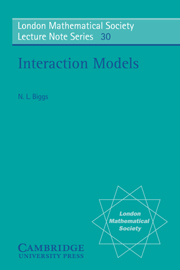Summary
Apologia
The lectures on which this book is based were intended for a ‘mixed audience’. According to the context, that phrase might have certain social connotations, but here it implies a more fundamental distinction: some of the audience were basically physicists, and others were basically mathematicians. This distinction, between those who think in terms of real objects and those who deal in abstract ideas, is an unfortunate fact of scientific life today.
The desire to be intelligible to two classes of student has been my main preoccupation in preparing the lectures and writing the book. Consequently, any reader will probably find some material which (to him) is tiresome and elementary; such material is included for the benefit of other readers, in the cause of scientific harmony. I have tried to prescribe a proper dose of generality – not too much to discourage those who have a particular application in mind, nor too little for those who wish to see the underlying structure.
The book has five chapters, each subdivided into sections. The first chapter is intended as a broad introduction to the subject, and it is written in a more informal manner than the rest. There are two short appendices at the end of the book, and these are referred to in Chapters 2, 3 and 4. Apart from this, there are no references in the main text; notes and references for each chapter are given at the end of the chapter.
- Type
- Chapter
- Information
- Interaction Models , pp. 1 - 17Publisher: Cambridge University PressPrint publication year: 1977



